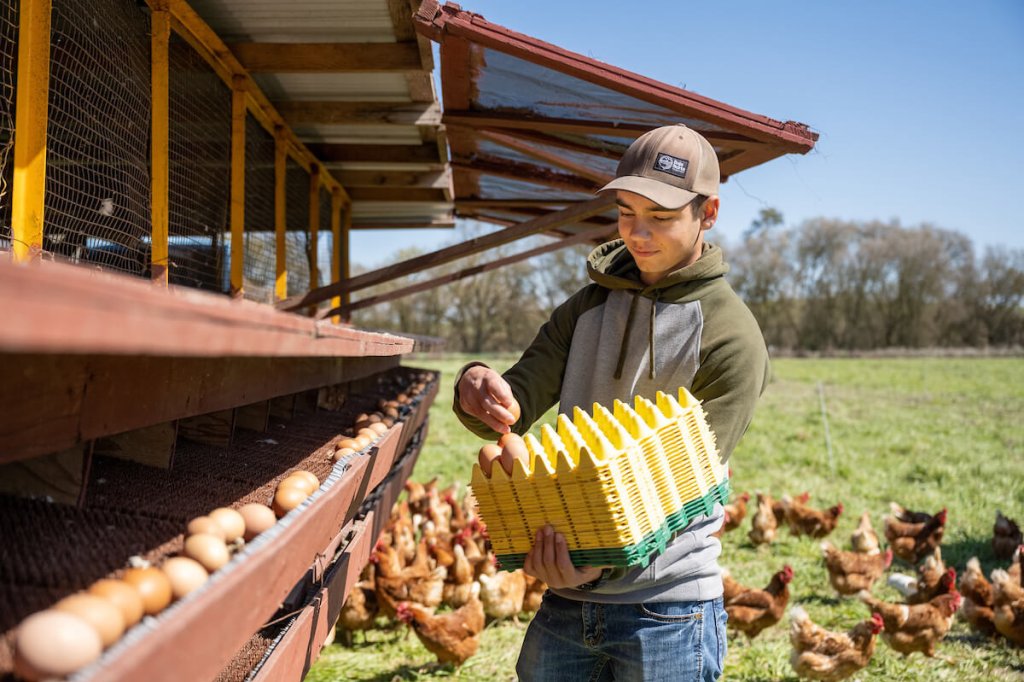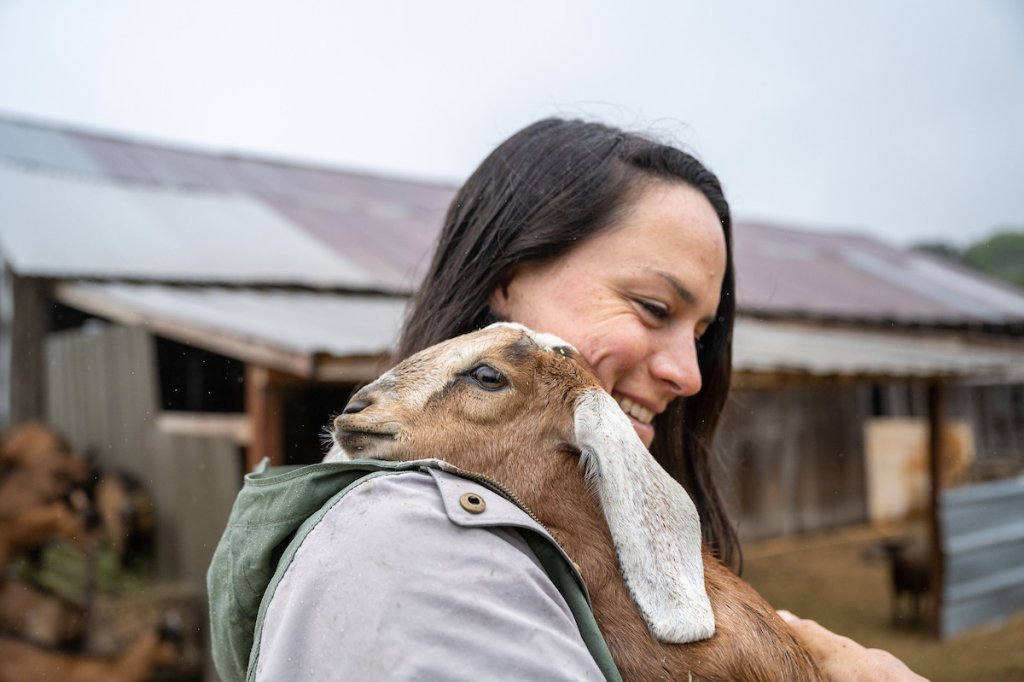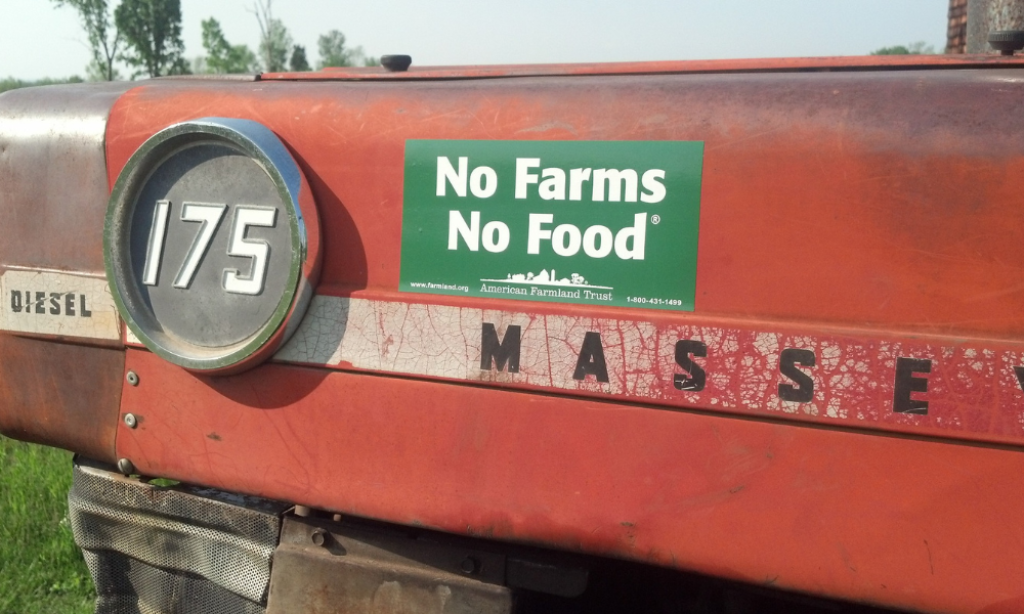Policy Update: Federal Agencies Issue Report on 30×30
Yesterday, May 6, four federal agencies published a report on the 30×30 Initiative titled “Conserving and Restoring America the Beautiful.” The report was a response to President Biden’s January Executive Order on Tackling the Climate Crisis at Home and Abroad, which committed the nation to conserving at least 30% of the nation’s lands and oceans by 2030 (AKA 30×30). The Order directed USDA, as well as the Department of the Interior, the Department of Commerce, and the Council on Environmental Quality, to solicit stakeholder input on the goal, and to develop a set of guidelines for the Administration. AFT applauded the report in a press release here.
Since the issue of the Executive Order, two major questions have been how this goal would impact agricultural land, and what “conserving” means in this context. AFT submitted a set of recommendations (read the summary here, or the full report here). AFT suggested that this goal should include working farms and ranches, and that both “protected” (land that in in a conservation easement) and “conserved” (land that is engaged in conservation practices such as cover crops) lands should count towards the goal due to the inherent biodiversity and climate benefits associated with each.
The new report laid out a series of high-level guidelines on the development of a 30×30 initiative. Although these are just guidelines, not rules, the report was very inclusive of agriculture and the importance of private property rights and voluntary actions, which will hopefully allay some industry concerns. The report stated the importance of “recognizing the oversized contributions that farmers, ranchers, forest owners, fishers, hunters, rural communities, and Tribal Nations already make in safeguarding wildlife and open spaces for the benefit of the rest of the country,” and mentioned the “strong stewardship ethic among America’s fishers, farmers, ranchers, forest owners, and other private landowners” and how they “are also integral to conserving functioning habitats and connecting lands and waters across the country.”
The 8 principle guidelines listed in the report were to:
Pursue a Collaborative and Inclusive Approach to Conservation.
Conserve America’s Lands and Waters for the Benefit of All People.
Support Locally Led and Locally Designed Conservation Efforts.
Honor Tribal Sovereignty and Support the Priorities of Tribal Nations.
Pursue Conservation and Restoration Approaches that Create Jobs and Support Healthy Communities.
Honor Private Property Rights and Support the Voluntary Stewardship Efforts of Private Landowners and Fishers.
Use Science as a Guide.
Build on Existing Tools and Strategies with an Emphasis on Flexibility and Adaptive Approaches.
The report also lists a handful of “early focus” recommendations, chosen to support and leverage existing conversation efforts. These include recommendations to:
Create More Parks and Safe Outdoor Opportunities in Nature-Deprived Communities.
Support Tribally Led Conservation and Restoration Priorities.
Expand Collaborative Conservation of Fish and Wildlife Habitats and Corridors.
Increase Access for Outdoor Recreation.
Incentivize and Reward the Voluntary Conservation Efforts of Fishers, Ranchers, Farmers, and Forest Owners.
Create Jobs by Investing in Restoration and Resilience.
We were very pleased that the report reflected two AFT contributions. First, Farms Under Threat: State of the States was cited in a discussion about the disappearance of nature and agricultural land. Second, the report quoted from AFT’s recommendation itself:
“…our nation’s farmers, ranchers, and foresters [are] essential allies in the effort to reach the 30×30 goals for biodiversity conservation and climate mitigation. The lands that they manage are critical for wildlife habitat, carbon sequestration, food security, clean water, and rural prosperity… To be successful, these policies must embrace USDA’s legacy of voluntary, incentive-based, and locally led conservation and be strategically targeted.”
The Administration noted that this report marks the beginning of a process. There will be additional interagency efforts and stakeholder engagement as they continue developing the details of the 30×30 initiative.




